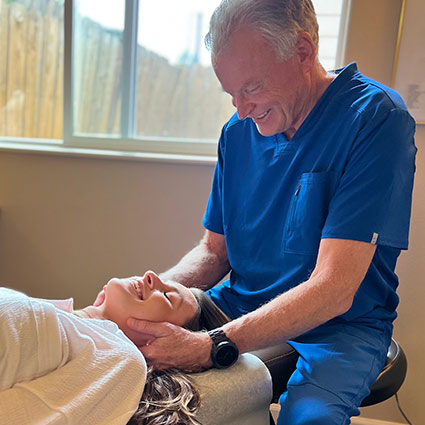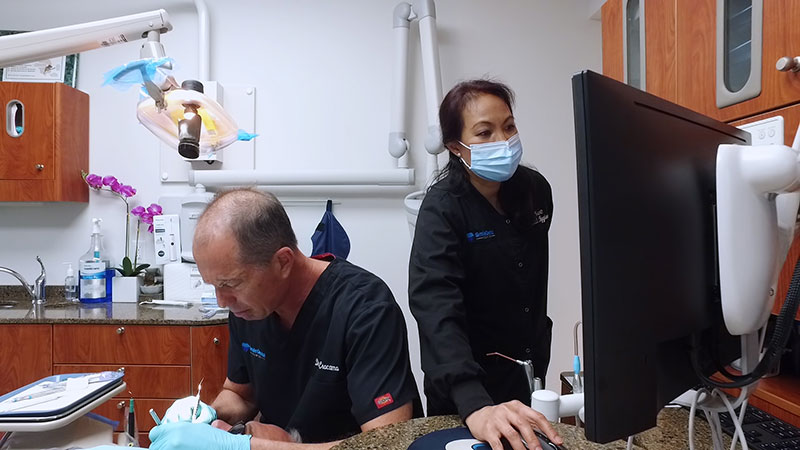
Exploring the Impact of Chiropractic Rehabilitation Techniques
Chiropractic rehabilitation techniques play a pivotal role in enhancing overall health and mobility, offering individuals effective alternatives for managing pain and improving physical function. In this article, we delve into the world of chiropractic rehabilitation, exploring the techniques employed and their benefits in promoting well-being.
Understanding Chiropractic Rehabilitation
Chiropractic rehabilitation focuses on restoring and optimizing musculoskeletal function through non-invasive and drug-free methods. This approach emphasizes the body’s innate ability to heal itself when provided with the right conditions. Chiropractors use a variety of rehabilitation techniques to address issues such as pain, stiffness, and impaired mobility.
Spinal Adjustments: Restoring Alignment and Function
At the core of chiropractic care are spinal adjustments, also known as spinal manipulations. Chiropractors use precise, controlled force to realign the spine, addressing misalignments (subluxations) that may cause pain or hinder normal nerve function. This technique is central to chiropractic rehabilitation and contributes to improved overall body function.
Soft Tissue Therapy: Alleviating Tension and Discomfort
Chiropractic rehabilitation often involves soft tissue therapy to address issues in muscles, tendons, and ligaments. Techniques such as massage, myofascial release, and stretching help reduce tension, promote flexibility, and alleviate discomfort. Soft tissue therapy complements spinal adjustments, contributing to a comprehensive approach to rehabilitation.
Therapeutic Exercise: Building Strength and Flexibility
Chiropractors incorporate therapeutic exercises tailored to an individual’s specific needs and condition. These exercises aim to strengthen muscles, improve flexibility, and enhance overall physical function. Patients are often provided with targeted exercises to perform at home, fostering active participation in their rehabilitation journey.
Joint Mobilization: Improving Range of Motion
Joint mobilization is a technique used to improve the range of motion in joints that may be restricted or stiff. Chiropractors employ gentle, controlled movements to encourage mobility in affected joints. This can be particularly beneficial for conditions such as arthritis or injuries that affect joint function.
Electrotherapy: Enhancing Healing Through Technology
Chiropractic rehabilitation embraces technological advancements, and electrotherapy is one such example. Modalities like ultrasound, electrical muscle stimulation, and laser therapy are utilized to enhance the healing process, reduce inflammation, and alleviate pain. These technologies complement traditional chiropractic techniques.
Nutritional Counseling: Supporting Overall Wellness
Chiropractic care extends beyond physical adjustments to encompass a holistic approach to health. Nutritional counseling is often integrated into rehabilitation plans to support overall wellness. Chiropractors provide guidance on proper nutrition, supplements, and lifestyle adjustments to enhance the body’s healing capabilities.
Posture Correction: Addressing the Foundation of Health
Chiropractors recognize the importance of good posture in maintaining musculoskeletal health. Poor posture can contribute to a variety of issues, including back pain and reduced mobility. Chiropractic rehabilitation includes strategies to correct posture, promoting long-term health and preventing future problems.
To learn more about the diverse world of Chiropractic Rehabilitation Techniques, visit health-sourcing.com. Our comprehensive resources provide valuable insights and guidance on how chiropractic care can contribute to your overall well-being.
In conclusion, chiropractic rehabilitation techniques offer a holistic and patient-centered approach to health and mobility. By addressing the root causes of musculoskeletal issues and promoting the body’s natural healing abilities, chiropractic care becomes an integral part of a proactive and sustainable wellness strategy.



